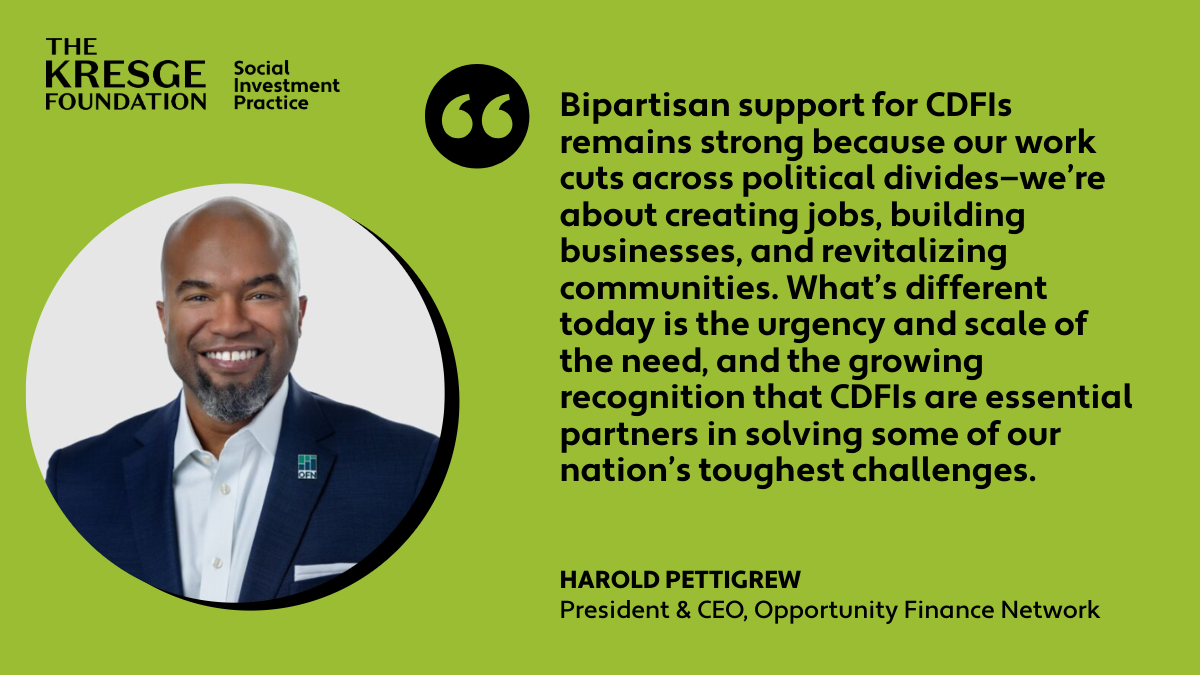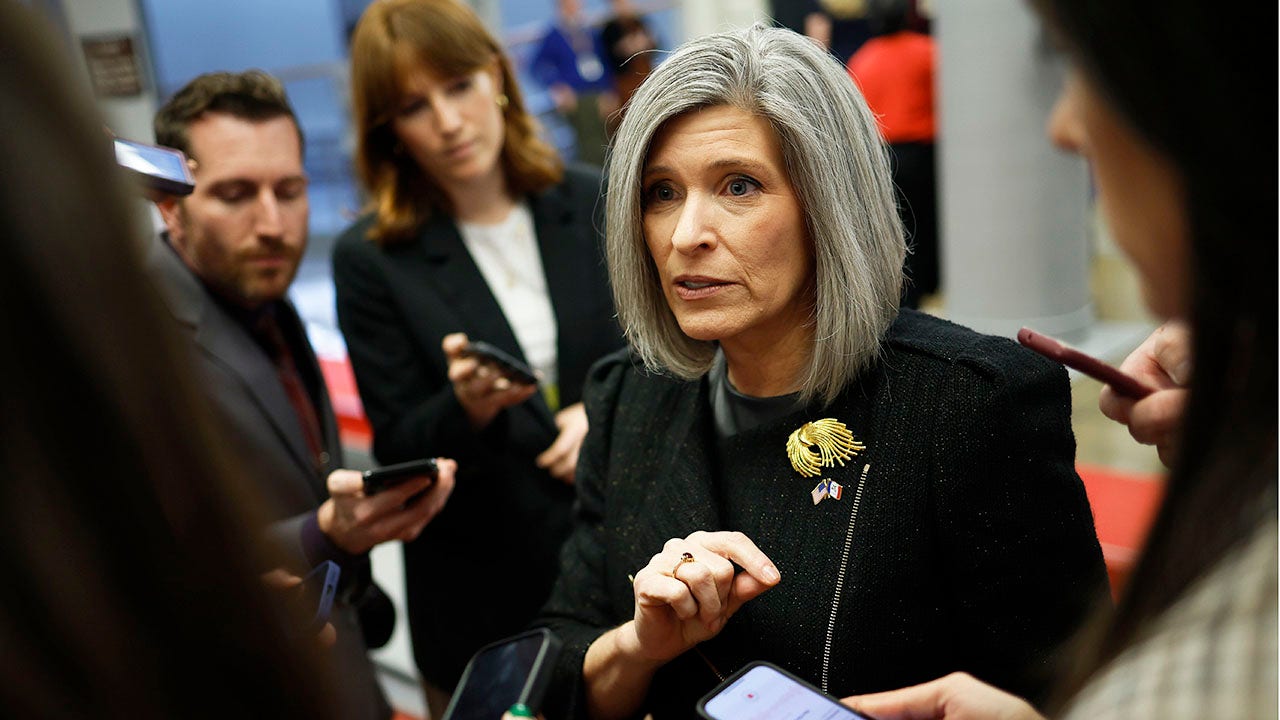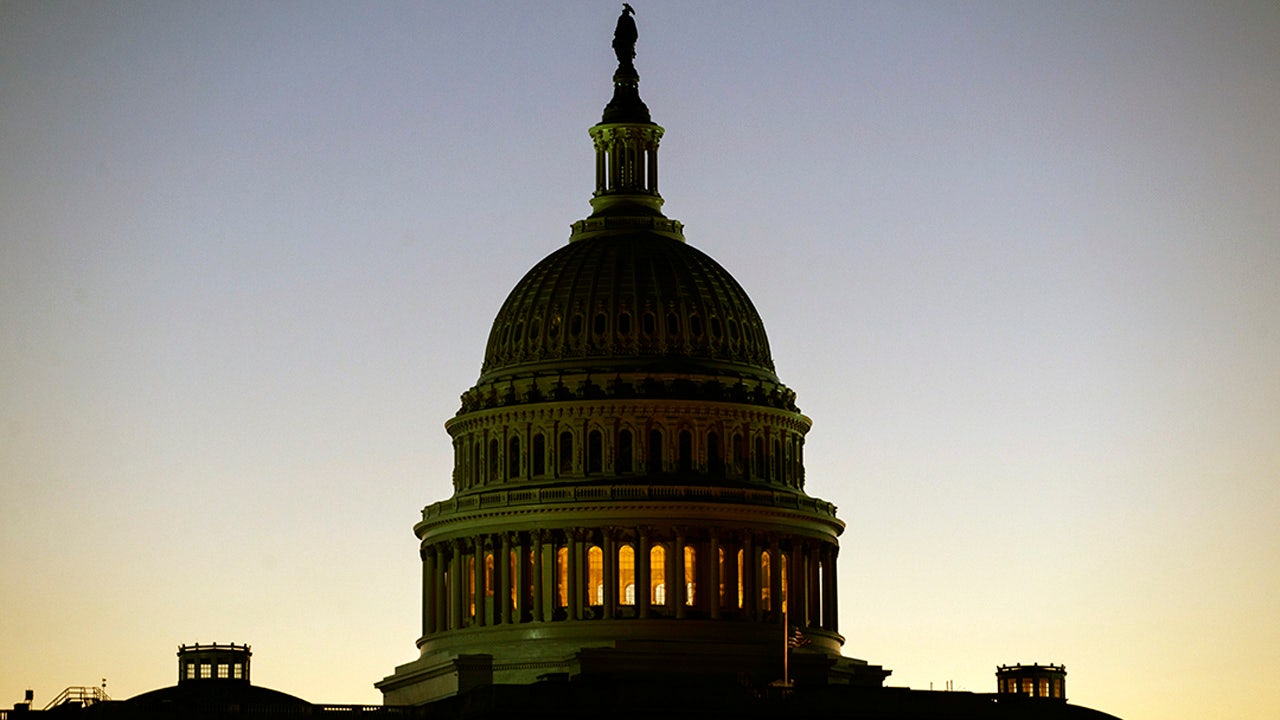Finance
7 baby steps programme endorsed by Dave Ramsey for sound financial health

Dave Ramsey, in his Baby Steps program, has assisted countless Americans in breaking free from debt and attaining financial independence. His methodology is straightforward, yet remarkably efficient. The 7 Baby Steps offer a well-established blueprint that guides individuals on precisely where to direct their financial efforts. Given the significant number of individuals who have experienced positive outcomes by incorporating Dave’s investment principles into their financial strategies, he refers to this distinct group as “Baby Steps Millionaires”.
What is Ramsey’s investment philosophy?
Many individuals grapple with questions regarding the timing and method of investing their money. This is entirely natural, particularly considering that numerous people are unsure about where to begin. Adding to the complexity, these individuals harbour financial objectives but lack a clear path to pursue them. His famous “Baby Steps” to creating wealth include:
Baby Step 1: Set aside $1,000 as your initial emergency fund.
Establishing a strong financial base before embarking on investments is of utmost importance. This involves eliminating all debts except for mortgage-related ones and creating a well-funded emergency reserve equivalent to three to six months’ worth of expenses.
Debt can significantly erode your investment gains. High-interest debt can be a hurdle to realizing returns on your investments, and it can also hinder your ability to navigate market downturns. In situations such as job loss or financial setbacks, debt may compel you to sell investments at a loss to meet your financial obligations. On the contrary, having an emergency fund provides peace of mind and enables long-term investments. With an emergency fund in place, there’s no need to fret about liquidating investments to address unforeseen expenses.
Baby Step 2: Clear all your debts, excluding your mortgage, using the debt snowball method.
Employ the debt snowball method to eliminate your loans, a well-regarded debt reduction strategy that expedites debt clearance and reduces interest expenses. Begin by cataloguing all your debts, excluding your mortgage, in ascending order of balance, from the smallest to the largest. Allocate minimum payments to all debts except the smallest one, for which you should direct as much money as possible. After clearing the smallest debt, transfer the payment you were making to the next-smallest debt, all while maintaining minimum payments on the others. Repeat this process until all your debts are fully paid off.
Baby Step 3: Build a fully funded emergency fund equivalent to 3-6 months of your living expenses
Once you’ve established a debt-free foundation and a well-funded emergency fund, you’re on a solid path to wealth building. Now is not the time to become complacent. Instead, redirect the funds you were using to eliminate your debt toward building a comprehensive emergency fund that can cover three to six months’ worth of your expenses. This will safeguard you against more significant life surprises, such as job loss or unexpected car repairs, without the risk of falling back into debt.
Baby Step 4: Allocate 15% of your total household income to saving for retirement.
Once you’ve achieved a debt-free status and secured your emergency fund, you can shift your focus towards retirement investing. A general guideline is to target a 15% monthly investment of your gross income. By starting early and maintaining consistent contributions, you’ll find it much more attainable to meet your retirement objectives. To do this effectively, make informed choices regarding your investment accounts, selecting the ones that align with your income, tax bracket, and retirement aspirations.
Diversify your portfolio to spread risk. Avoid putting all your assets in one place; instead, invest in various asset classes like stocks, bonds, and real estate. This strategy serves to mitigate risk. Additionally, remember to regularly rebalance your portfolio, which involves selling some of your successful investments and acquiring more of those that underperformed to uphold your intended asset allocation.
Lastly, resist the urge to engage in panic selling. During market downturns, the temptation to offload your investments may arise, but it’s vital to remain composed, as markets eventually rebound.
Baby Step 5: Set aside funds for your children’s college education.
You’ve achieved significant milestones on your financial journey by clearing all your debts (except the house) and initiating retirement savings. With a strong financial foundation now in place, it’s time to direct your attention towards saving for your children’s future college expenses. College costs continue to escalate, underscoring the importance of commencing your savings efforts early.
Start by setting a specific savings goal. Determine the amount required for your children’s education and craft a budget that allows for regular contributions. Subsequently, consider investments to accelerate the growth of your savings. Nonetheless, it’s essential to select investments that align with your risk tolerance and time horizon.
Furthermore, explore alternate avenues for funding college. In addition to saving, you can explore various options such as scholarships, grants, and loans to secure your child’s educational financing. Be sure to examine all available possibilities to identify the most suitable approach for financing your child’s education.
Baby Step 6: Clear your mortgage ahead of schedule.
The thought of living mortgage-free is incredibly thrilling! It opens up possibilities to allocate more funds towards other endeavours like travel, savings, or retirement. Channelling extra funds into your mortgage can lead to substantial savings in interest over the loan’s lifespan. This is due to the fact that interest accrues based on the remaining loan balance, so reducing your principal sooner results in lower overall interest costs. Devoting extra funds to your mortgage is one of the most effective steps you can take to enhance your financial well-being. By paying off your mortgage ahead of schedule, you can amass significant savings in interest and expedite your path to financial independence.
Baby Step 7: Amass wealth and contribute to meaningful causes.
Once you’ve achieved a debt-free status, your financial freedom opens up a world of possibilities. You can explore globe-trotting adventures, embark on entrepreneurial ventures, or simply elevate your quality of life. Your resources can also be wielded for positive impact, whether through charitable donations or support for causes dear to your heart.
And what greater legacy to leave behind than one of financial security for your children and grandchildren? By persistently accumulating wealth and embracing a spirit of boundless generosity, you can empower them to chase their aspirations and lead fulfilling lives. Legacy goes beyond financial aspects; it’s about living a life rich in meaning and contributing to a world of positive change.
Ramsey’s “Baby Steps” offers a fantastic approach to aligning your finances and reaching your financial goals. They are straightforward to grasp and implement, with a track record of success for individuals across various income brackets. With a wealth of information readily available, consider harnessing these steps to your advantage and paving the way for a financially secure future.
“Exciting news! Mint is now on WhatsApp Channels 🚀 Subscribe today by clicking the link and stay updated with the latest financial insights!” Click here!
Download The Mint News App to get Daily Market Updates.
More
Less
Updated: 27 Oct 2023, 11:25 AM IST

Finance
Dividend Stability and Regional Strength: The Case for Truist Financial (TFC)

Truist Financial Corporation (NYSE:TFC) is included among the 11 Best Bank Dividend Stocks to Buy.
Photo by Annie Spratt on Unsplash
Truist Financial Corporation (NYSE:TFC) is a prominent American commercial bank with a strong footprint in the Southeast and Mid-Atlantic regions. Ranking among the top ten banks in the country, it enjoys a solid market position in high-growth states like Florida and Georgia. Recently, the bank has prioritized digital innovation and technology development to improve service delivery and remain competitive against fintech firms.
Regulatory compliance remains a key focus for Truist Financial Corporation (NYSE:TFC), as it operates under enhanced prudential standards and capital requirements as a Category III banking organization. Adhering to these standards is essential for sustaining its operations and long-term strategies. At the same time, Truist’s disciplined approach to capital management allows it to maintain financial stability while pursuing strategic growth opportunities, including potential mergers and acquisitions.
Truist Financial Corporation (NYSE:TFC) is also popular among investors because of its dividend policy. The company has been making regular payments to shareholders since 1997. Currently, it offers a quarterly dividend of $0.52 per share and has a dividend yield of 4.53%, as of September 24.
While we acknowledge the potential of TFC as an investment, we believe certain AI stocks offer greater upside potential and carry less downside risk. If you’re looking for an extremely undervalued AI stock that also stands to benefit significantly from Trump-era tariffs and the onshoring trend, see our free report on the best short-term AI stock.
EAD NEXT: 12 Best Stocks to Buy Now for Passive Income and 12 Best Retail Dividend Stocks to Buy Now
Disclosure: None.
Finance
Financing opportunity: Q&A with Harold Pettigrew on the future of the CDFI Sector – Kresge Foundation

As the community finance field enters a new era—shaped by economic uncertainty, shifting capital flows, and growing calls for accountability—how can CDFIs prepare for what’s ahead? The Kresge Foundation spoke with Harold Pettigrew, the president and CEO of the Opportunity Finance Network (OFN) to help answer that question. This article is part of a series highlighting the impact of CDFIs and how the sector is adapting to the current environment.
MD: CDFIs play a unique role in our financial ecosystem, often serving communities that mainstream banks overlook. Why are CDFIs so critical for advancing economic growth and creating opportunities in underserved communities?
HP: In every corner of America, CDFIs show that impact and financial performance aren’t at odds—they reinforce each other. We address market gaps and go where traditional capital doesn’t: listening first, solving for need, and providing capital to people and financing projects that strengthen families and communities. Whether it’s a small business on Main Street or a housing development in a rural town, CDFIs make investments that build wealth and create opportunities that reach people and communities that need it most.
MD: CDFIs seem to have broad support in Congress, even when some administrations have looked to reduce funding or support. Is bipartisan support materially different today? What role has OFN played in telling the CDFI story and maintaining that support?
HP: Bipartisan support for CDFIs remains strong because our work cuts across political divides — we’re about creating jobs, building businesses and revitalizing communities. What’s different today is the urgency and scale of the need, and the growing recognition that CDFIs are essential partners in solving some of our nation’s toughest challenges. OFN and CDFIs tell real stories of impact—stories of people across the country whose lives and livelihoods have changed thanks to the capital provided by CDFIs. Through advocacy, research, and direct engagement with policymakers, we’ve elevated a clear, consistent message: For over 30 years, CDFIs have delivered results addressing market gaps in providing access to capital to communities across the country.
MD: Beyond federal funding concerns, what are the current challenges and needs CDFIs are facing in their day-to-day efforts to support communities?
HP: CDFIs are navigating a complex economic environment— rising interest rates, tighter capital markets, and growing community needs are stretching our resources like never before. Many CDFIs are being asked to do more with less, while also investing in their own operations to scale effectively and sustainably. OFN is working to develop diverse pools of flexible capital, make deeper investments in talent and technology, and new policy frameworks that support and recognize the unique value CDFIs bring. The demand is clear — what’s needed now is bold investments to meet the moment and craft new solutions for the future.
MD: Philanthropies and community development departments of banks and insurance companies have always been crucial partners for CDFIs — how can they best support and invest in CDFIs right now?
HP: Our partners in philanthropy and financial services have been critical to the success of CDFIs, and now they have a critical opportunity to strengthen the CDFI industry for the future. That means moving beyond transactional grantmaking to long-term, trust-based partnerships. It means offering flexible, risk-tolerant capital that lets CDFIs innovate and expand, and it means investing in the infrastructure — people, systems, data — that helps us operate at scale.
MD: What keeps you optimistic about the future of the CDFI sector?
HP: What keeps me optimistic is the impact and commitment I see every day, from the entrepreneurs we finance, to the communities we serve, to the CDFI leaders innovating with courage and conviction. The sector is growing, diversifying and deepening its impact. We’re not just responding to the moment — we’re helping define the future of expanded access to finance and financial services. And with every new loan, every new partnership, every life changed, we’re proving that when we expand access to opportunity — we don’t just finance projects, we shape the future of communities across the country.
Harold Pettigrew is the President and CEO of Opportunity Finance Network (OFN)
Finance
Reimagining Finance: Derek Kudsee on Coda’s AI-Powered Future

Derek Kudsee is a veteran of the enterprise software industry, with senior leadership roles at industry giants such as SAP, Salesforce, and Microsoft under his belt. So, when he took the helm as the new Managing Director for Unit4 Financials by Coda, ERP Today sat down with Kudsee to discuss his vision for Coda, the promise of agentic AI to make work feel lighter for finance teams, and his mission to transform the classic system of record into a dynamic system of intelligence for the Office of the CFO.
What was it about the opportunity at Unit4, and specifically the challenge of modernizing Coda, that convinced you to take this role?
A rare combination of having a deeply trusted platform and a clear opportunity to reimagine the finance function drew me to Unit4, and specifically the Coda business. Some of the largest enterprise customers have been running on this platform for decades. I’ve been brought in to help these finance teams run more efficiently and provide greater insight through agent-driven automation. We live in a world where technology has converged in our consumer and professional lives. Therefore, modernization is not only about addressing complex systems, but also about enhancing the user experience. This combination of running a deeply trusted platform, reimagining its capabilities in an AI-driven world, and modernizing the user experience was attractive.
Unit4 Financials by Coda’s goal is to deliver an “AI-fueled office for the CFO” using agentic AI. How will a finance team using Coda experience this in their day-to-day work?
When one thinks of an AI-fueled Office of the CFO, it’s about having agents deep inside those finance processes that will suggest, explain, and act within guardrails that finance teams can set. The work should feel like the machine is performing tasks that were previously done manually or laboriously.
A simple example is in an accounts payable department. An agent can automate everything from invoice capture using AI-driven OCR, verify that the invoices are within policy, queue them for approval, send them to the respective individuals, and flag exceptions along the way. Users can see how the work feels lighter because the machine handles everything from capture to the final stage, including payment release.
How do the AI functionalities offered by Coda differ from what competitors are offering right now?
Many vendors today have a finance module. However, we aim to be the best standalone financial management system, not a generic suite. We’re not trying to be finance because we want to sell an HR or CRM system. That means we need to embed intelligence deeply within the finance processes so that the software acts, takes action, and performs activities for the finance function. For that, the agentic AI needs to operate with autonomy, understand financial context, and learn from user behavior.
Moreover, fundamentally, Coda has always been built on a unified financial model. We’ve never had Accounts Payable separate from Accounts Receivable that needed to be consolidated. Our AI works on clean, structured data from day one, and that’s the foundation for accuracy. We don’t need to chase hype to incorporate AI. We’re going to redefine the finance function with AI at its core.
How do you plan to balance the introduction of these cutting-edge innovations without disrupting the core stability that Coda is known for?
The safest way to modernize finance is to add certainty around the core, rather than disrupting it. Our core is why customers have been running Coda for 20-30 years. Thus, stability is not a nice-to-have; it’s non-negotiable. Our customers run mission-critical processes, and that trust is sacred to us. Therefore, every innovation we deliver, whether it’s UX modernization or AI, will be built on one simple principle: if it compromises stability, we don’t build it. We don’t ship it.
With that rock-solid foundation in place, we can layer intelligence and usability on top. While some software providers are still determining the stability of their platform, we can offer customers the best of both worlds. They’ll have the reliability they’ve counted on for decades, and now we bring them the innovation they need to stay ahead.
What This Means for ERP Insiders
Your biggest enemy is decision latency. According to Kudsee, the primary challenge for modern finance is the gap between a business event occurring and the ability to respond intelligently. This decision latency, caused by fragmented data, batch processes, and manual workarounds that are standard in traditional ERP environments, prevents finance from being a proactive and strategic partner. Coda’s goal is to shrink that gap from weeks or days to near-real-time.
Shift the ERP mindset from system of record to system of intelligence. For decades, the primary function of ERP finance modules has been to record transactions accurately. This is no longer sufficient, as Kudsee notes. A modern financial platform must function as a system of intelligence that not only records data but also analyzes, predicts, and automates actions within core financial processes, effectively acting as the intelligent brain of the CFO’s office.
Prioritize financial depth over suite breadth. Kudsee suggests that the single ERP for everything strategy can result in a finance module that is a jack-of-all-trades but master of none. The alternative approach is to prioritize depth and best-in-class functionality for the critical finance function. Instead of settling for the generic finance module within a larger suite, consider how a dedicated platform like Unit4 Financials for Coda, focused on deep financial control, insight, and automation, can deliver more agility and tackle core challenges, such as decision latency, more effectively.
-

 Finance6 days ago
Finance6 days agoReimagining Finance: Derek Kudsee on Coda’s AI-Powered Future
-
World1 week ago
Russian jets enter Estonia's airspace in latest test for NATO
-
North Dakota6 days ago
Board approves Brent Sanford as new ‘commissioner’ of North Dakota University System
-

 World5 days ago
World5 days agoSyria’s new president takes center stage at UNGA as concerns linger over terrorist past
-

 Technology5 days ago
Technology5 days agoThese earbuds include a tiny wired microphone you can hold
-

 Culture5 days ago
Culture5 days agoTest Your Memory of These Classic Books for Young Readers
-

 Crypto5 days ago
Crypto5 days agoTexas brothers charged in cryptocurrency kidnapping, robbery in MN
-

 Crypto6 days ago
Crypto6 days agoEU Enforcers Arrest 5 Over €100M Cryptocurrency Scam – Law360


















